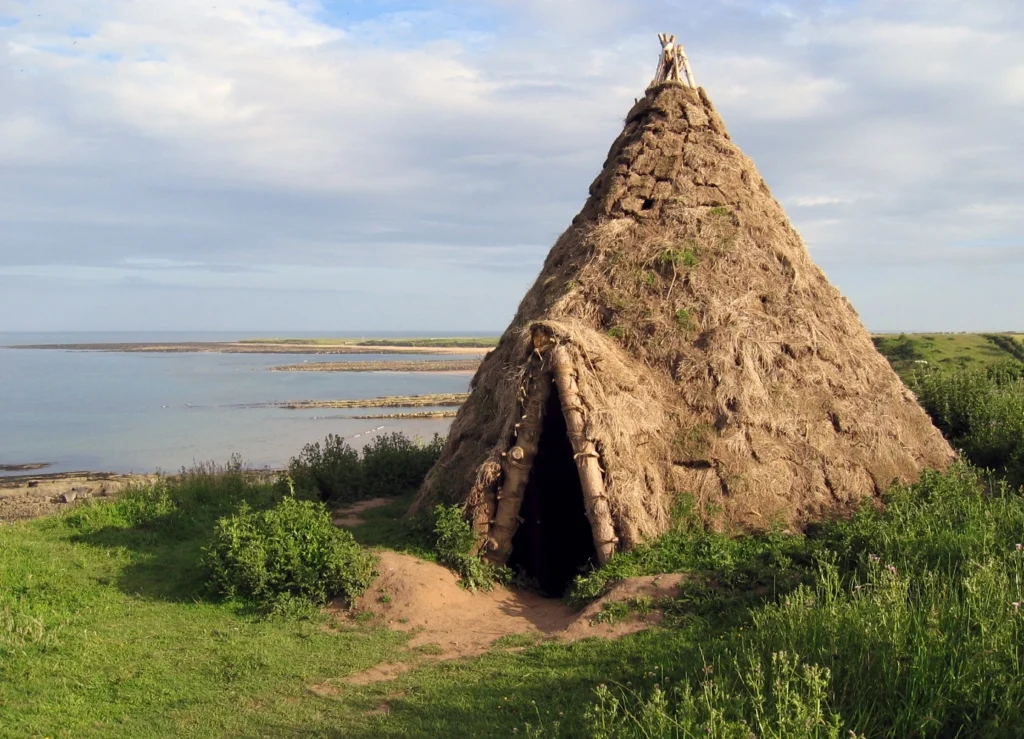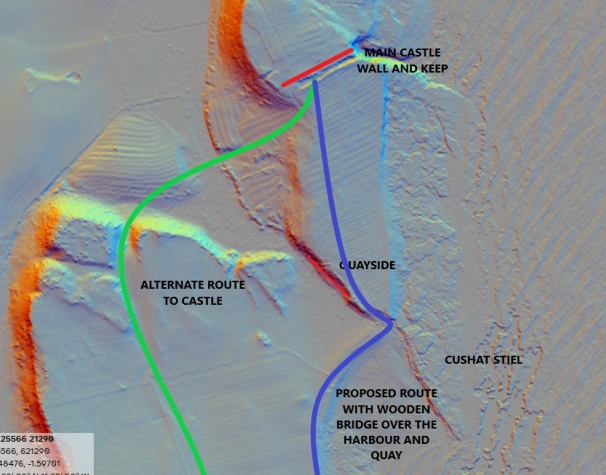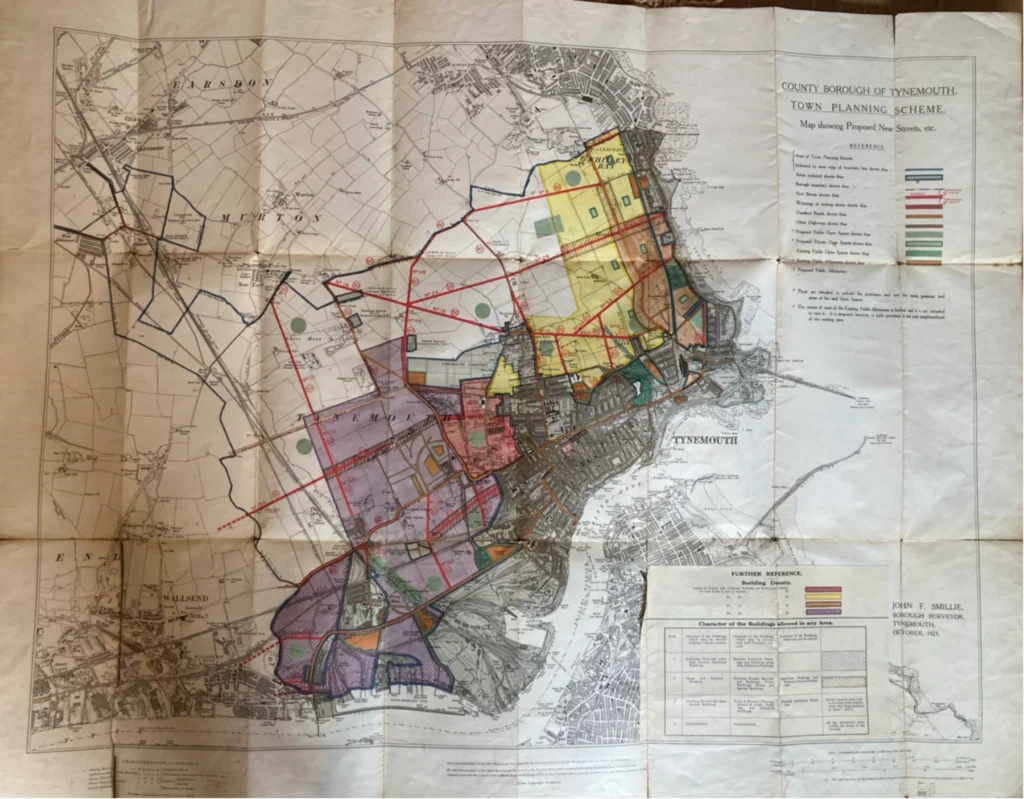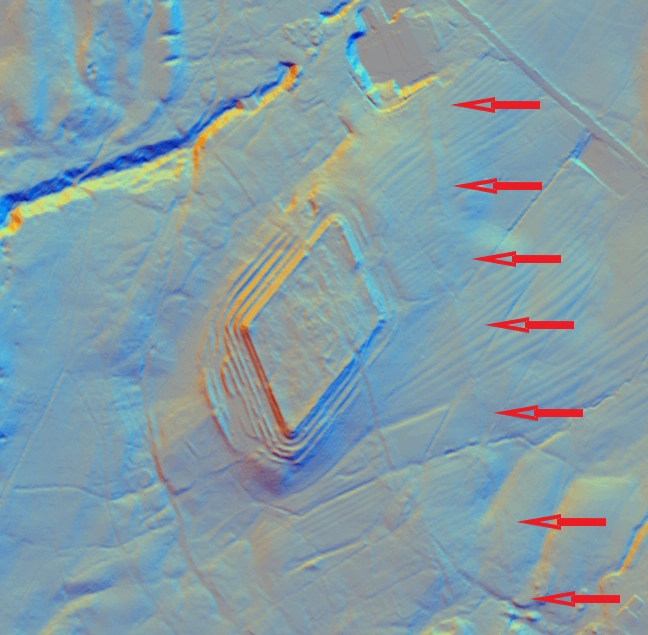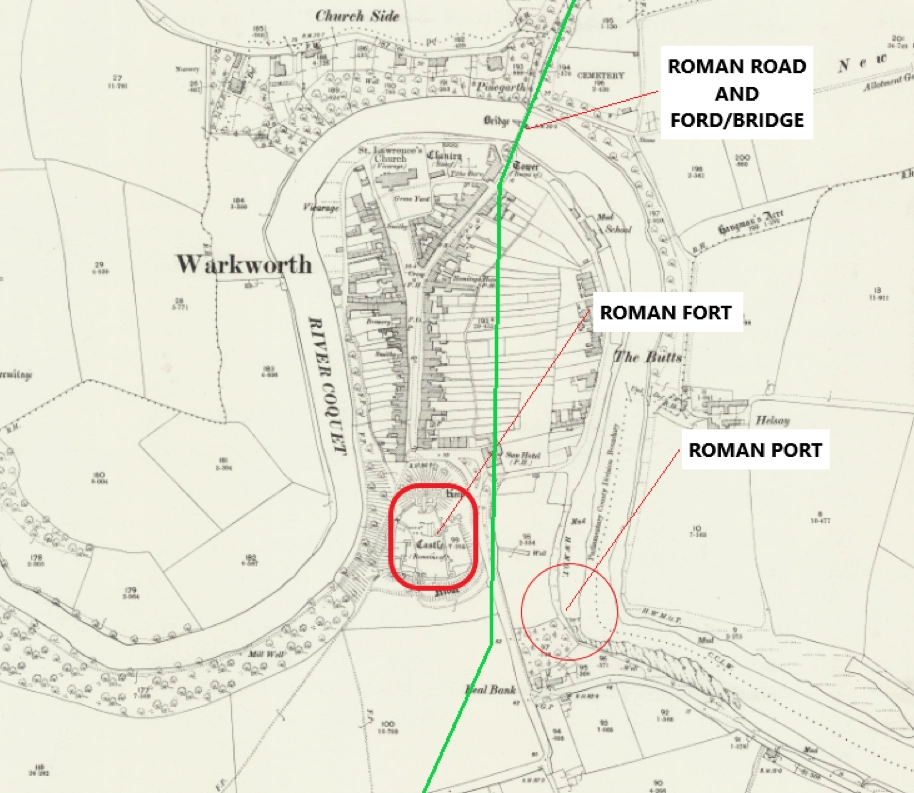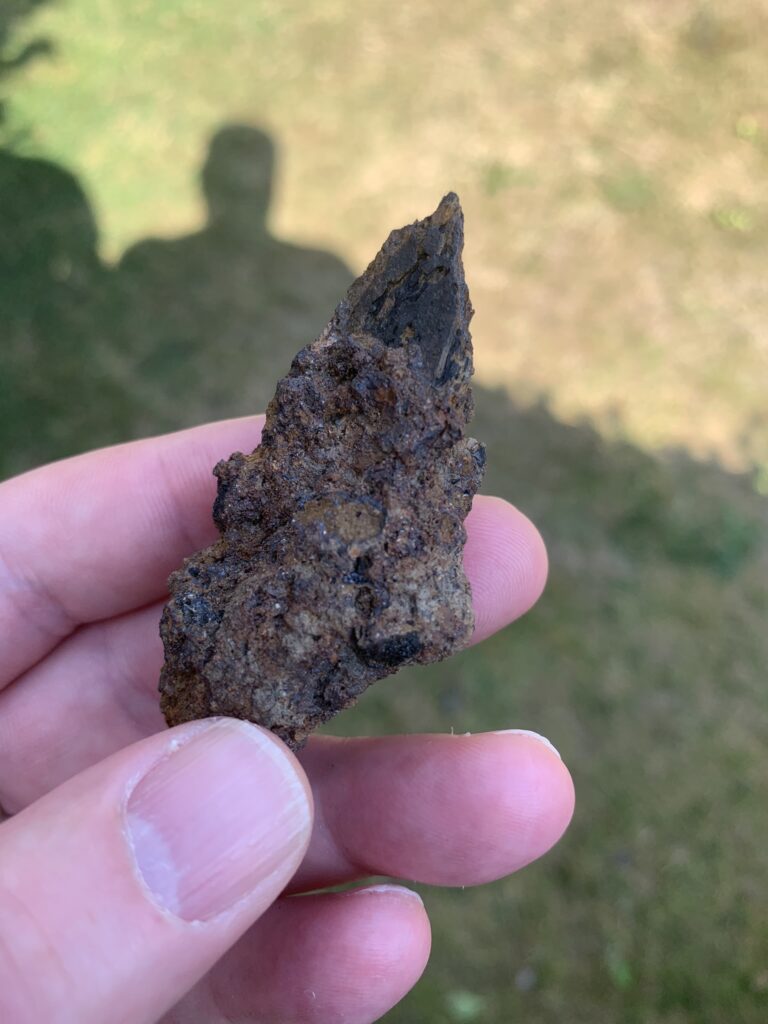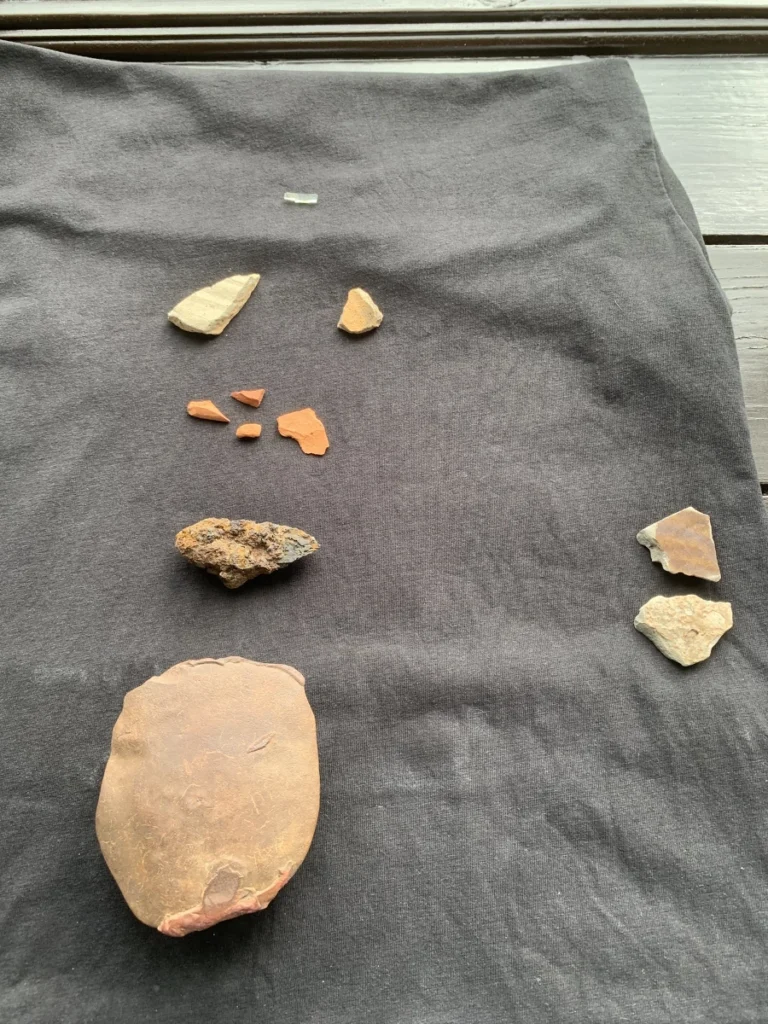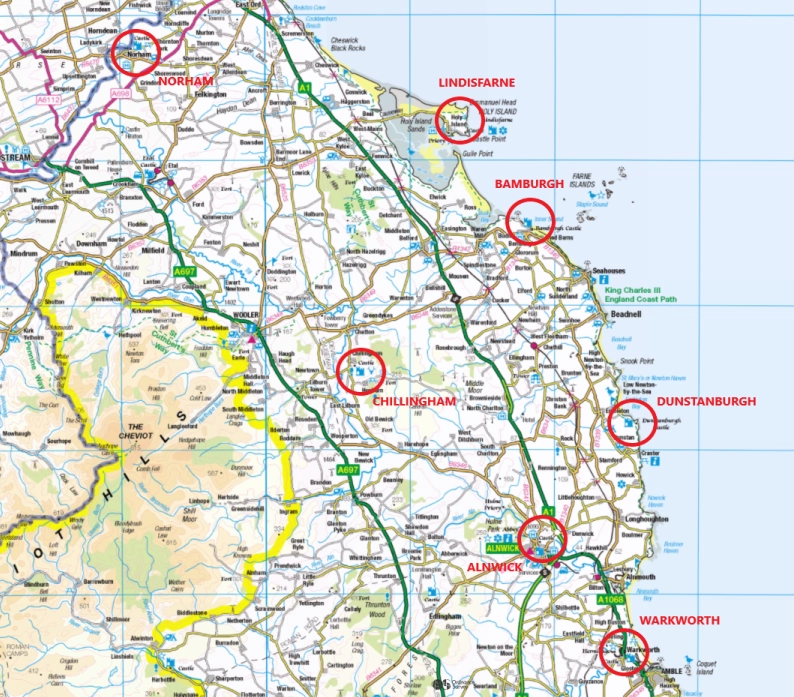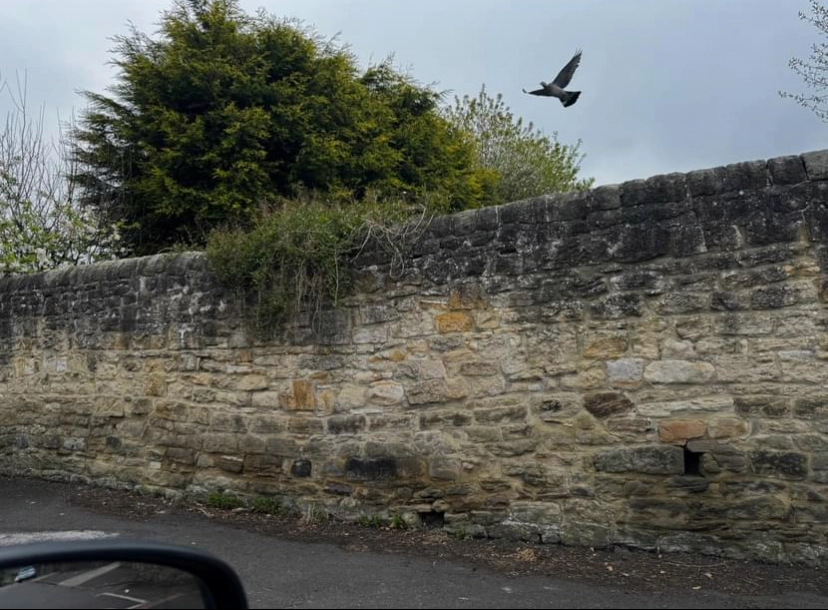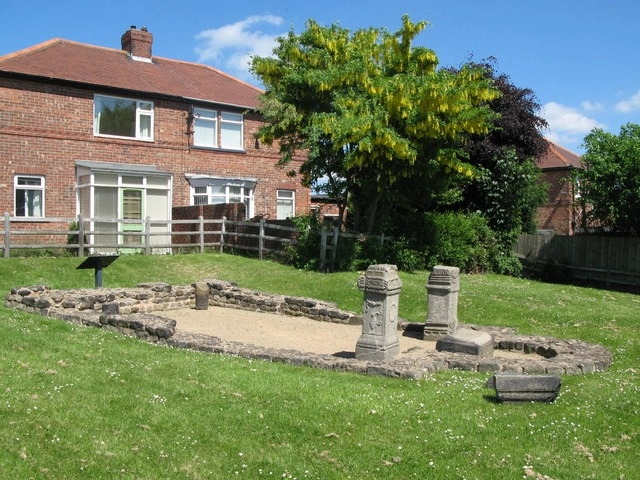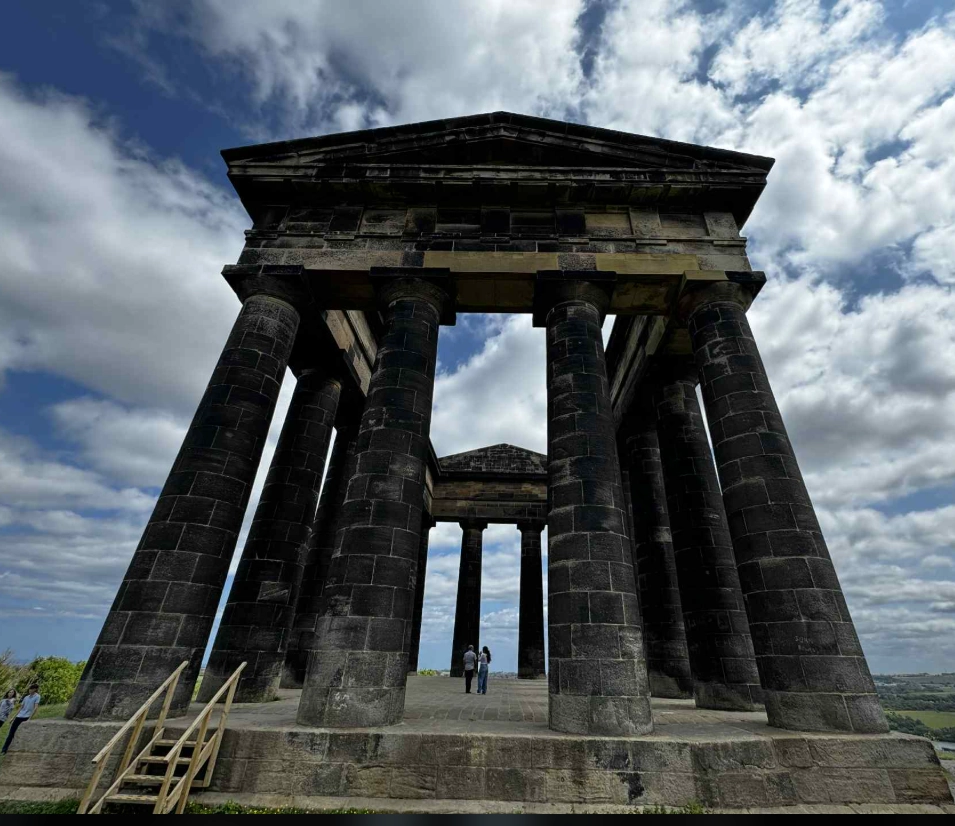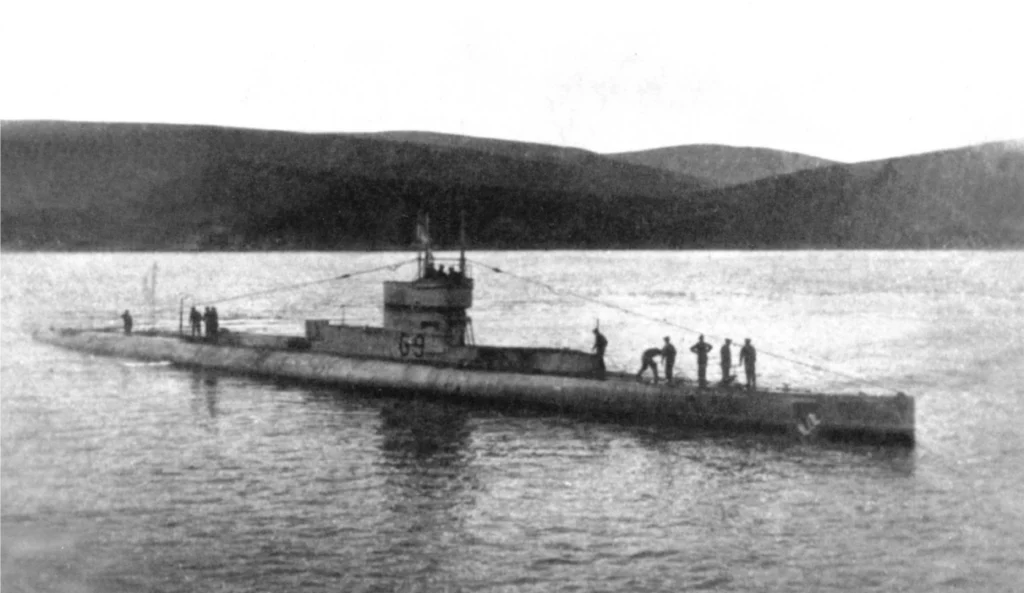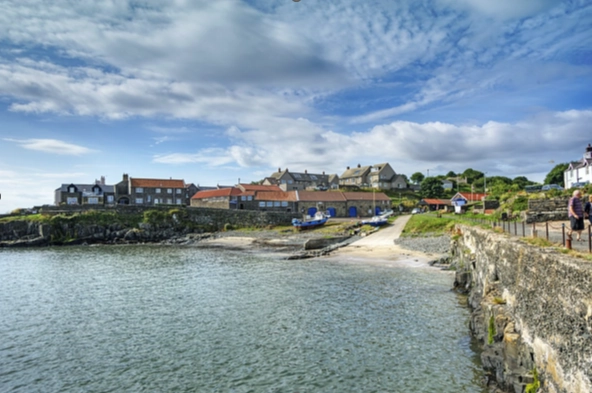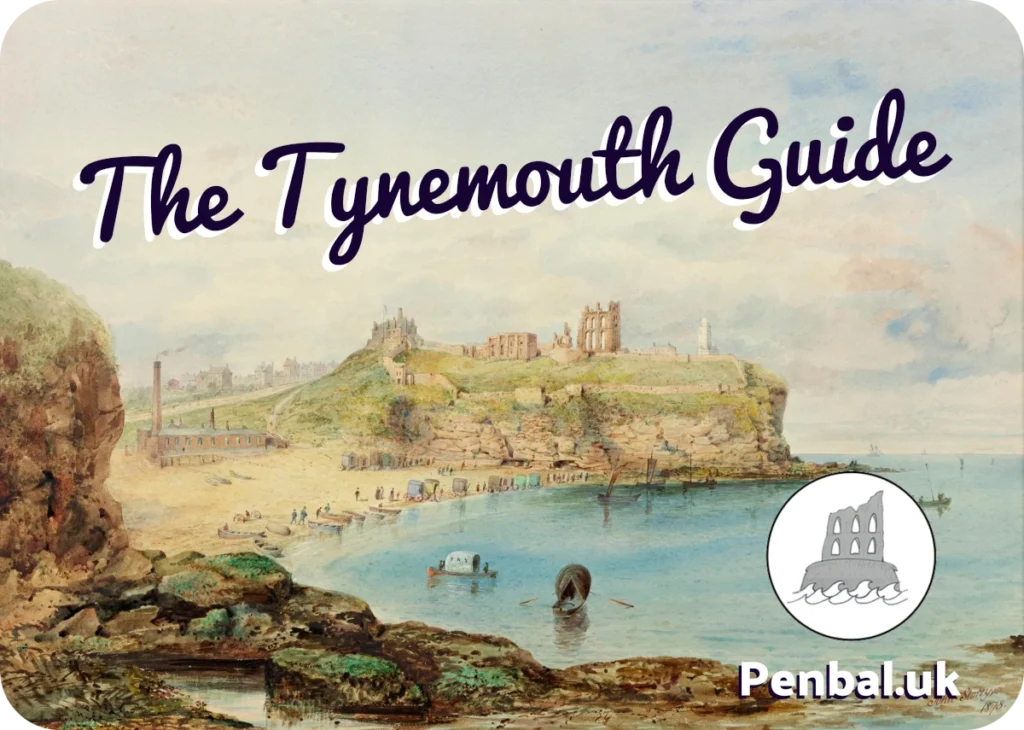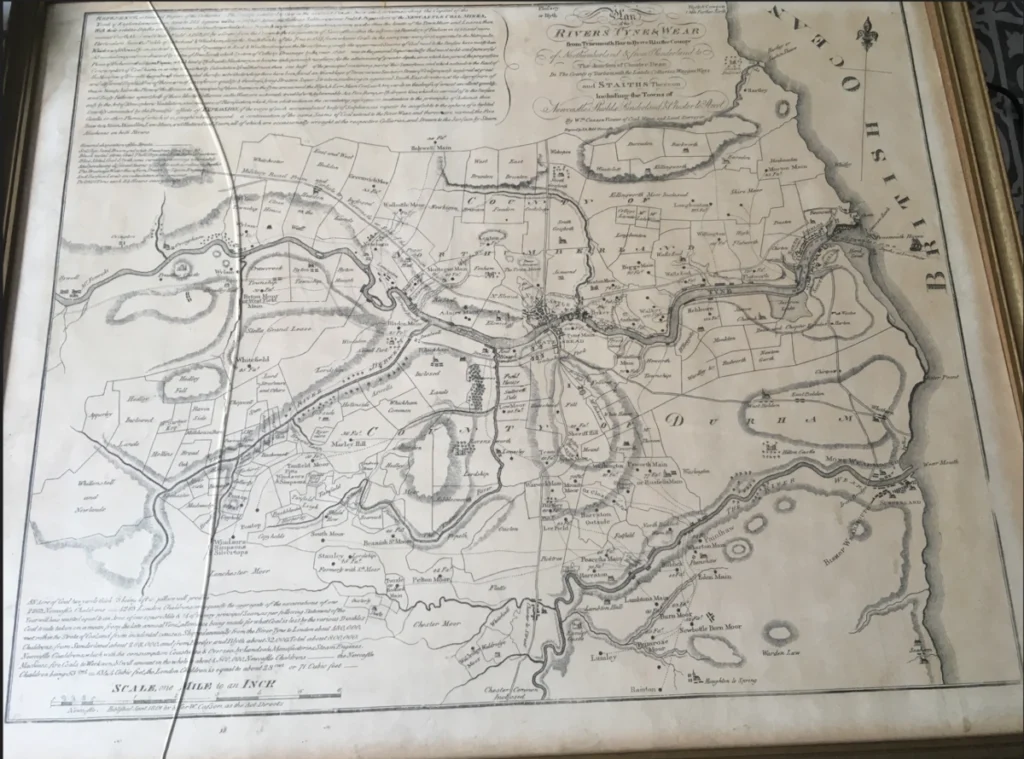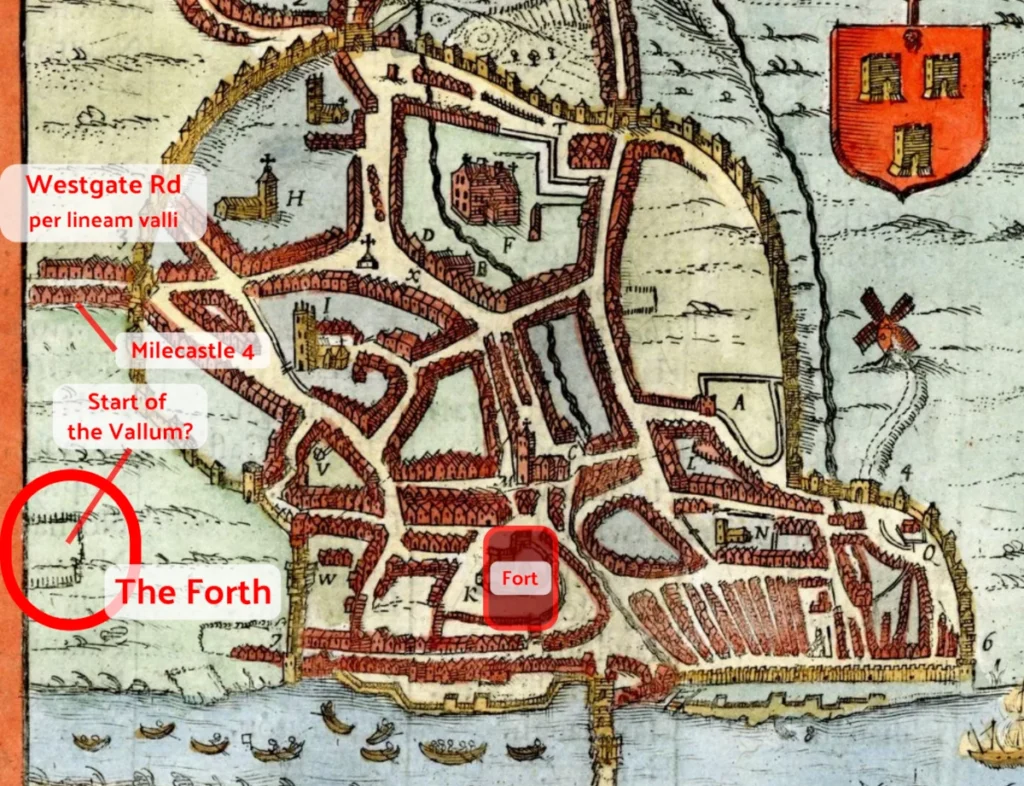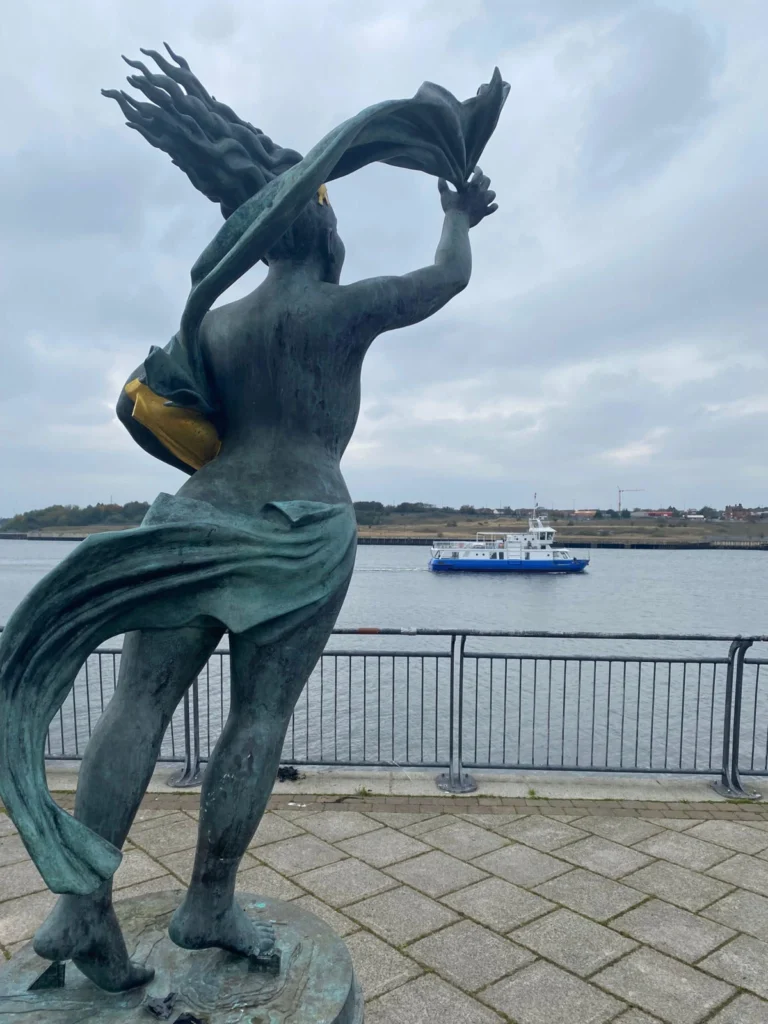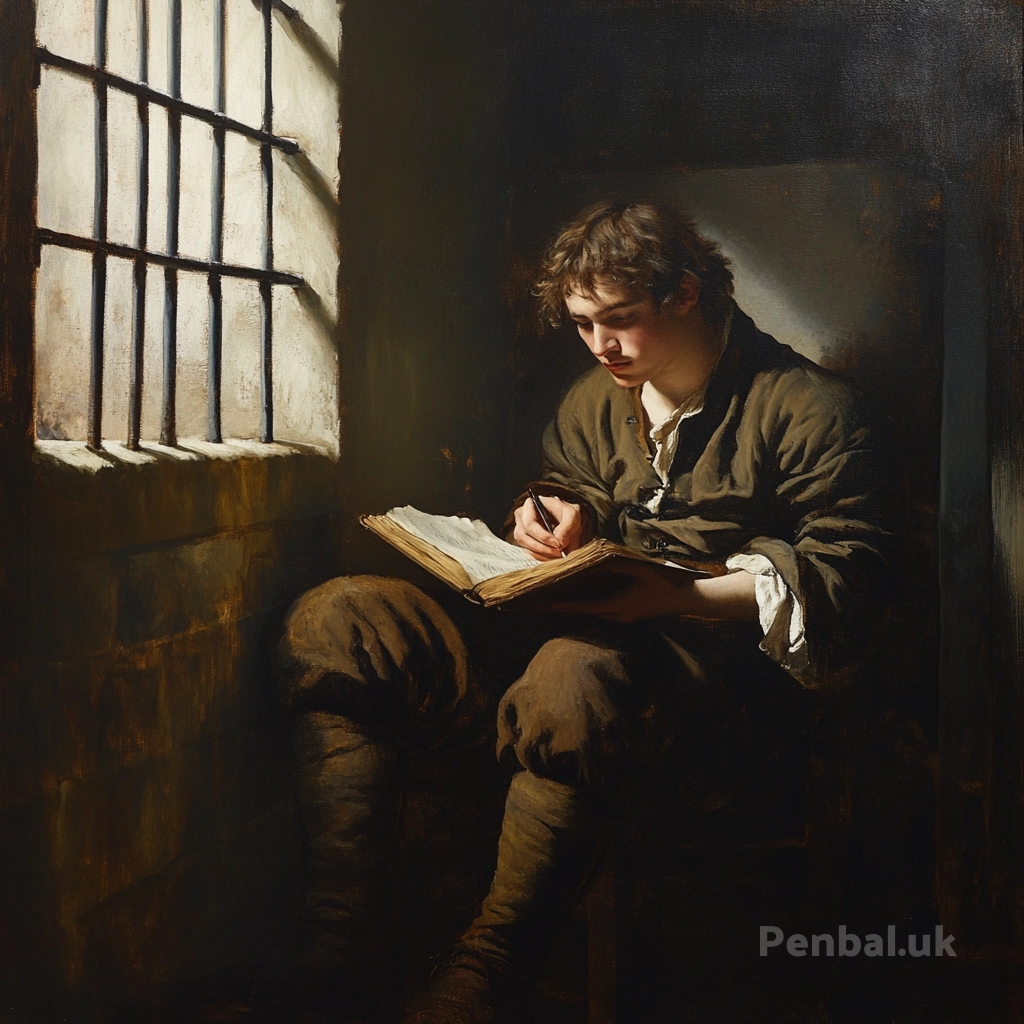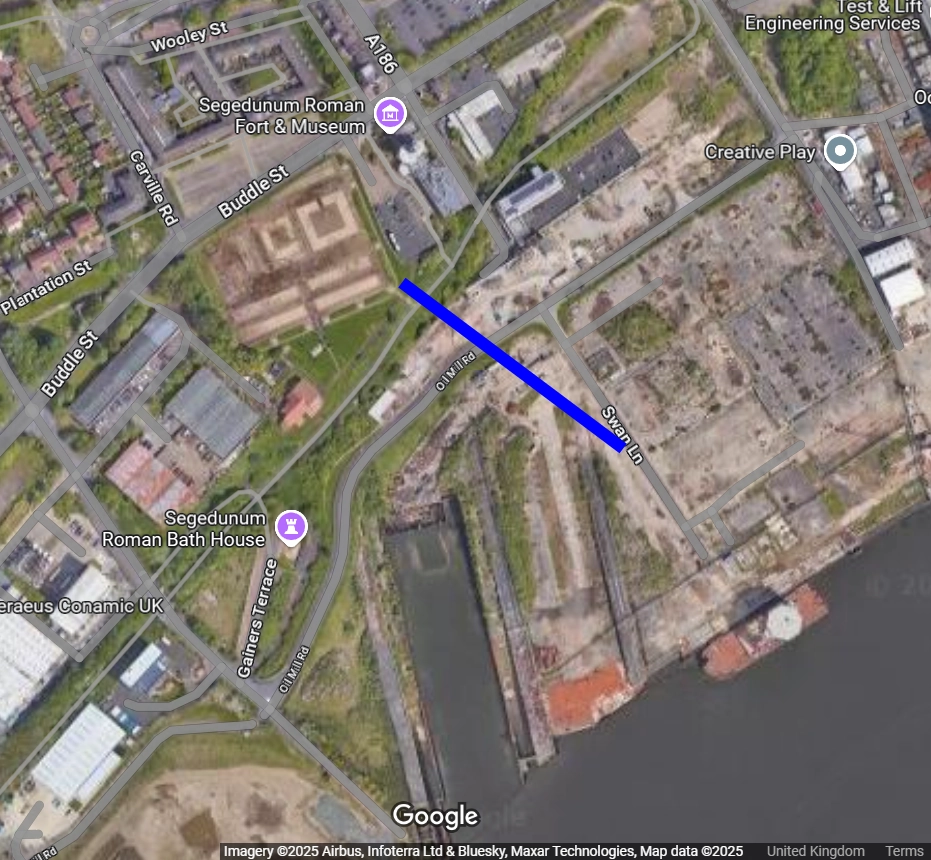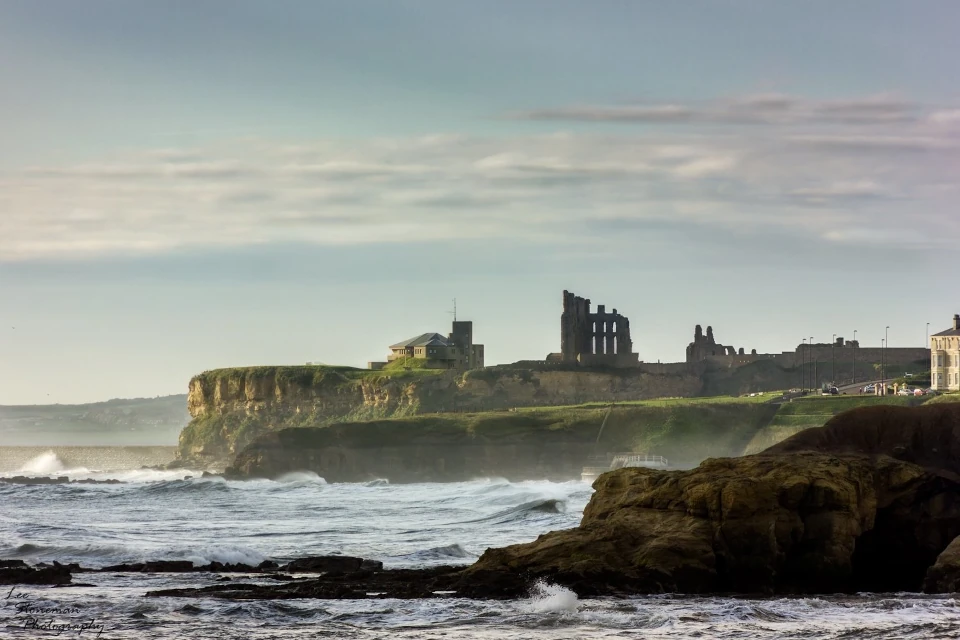The Whin Sill: Craster’s Ancient Spine
By Crasterfarian
“I’ve long imagined settlements all along this stretch of coast, people with nothing but their guile and wits to keep them alive. People who lived as naturally as the Aboriginal peoples of Australia, at one with the earth, leaving little behind but the faintest hints of their presence in the form of earthworks and stone circles.”
Nova Scotia: Dunstanburgh’s Sea-Gate
By Crasterfarian
Historic sources describe a medieval harbour south of the Castle; its basalt-boulder quay survives and was likely used first to land building stone and later for household traffic in good weather.
Tynemouth Borough Planning Scheme 1925
By Gary Holland
The plan, dated October 1925 shows proposed roads and housing in the borough.
Introducing Black Middens Rum 🥃🌊
Born from the tides, shaped by the North Sea, Black Middens Rum is Penbal’s tribute to Tyneside’s maritime spirit.
Infused with cherry, raspberry, lime and apricot, each sip carries the call of the sea, the spray of the waves and the grit of the Quay. There’s adventure in every drop.
Roman Pragmatism and Experimentation in the North
By Crasterfarian
When people picture a Roman fort, they often imagine the neat, playing-card rectangle that appears in every textbook. It’s a shape built on order, discipline and the Roman way of protecting their power across the empire.
Yet in the hills and valleys of northern Britain, the Romans could not always force the land to bend to their design.
The Coquet Roman Complex: A Forgotten Artery of the Frontier
By Crasterfarian & Anthony Simm
Antiquarians have long postulated a Roman port or quay at Warkworth…
Tynemouth Castle Drawbridge Found?
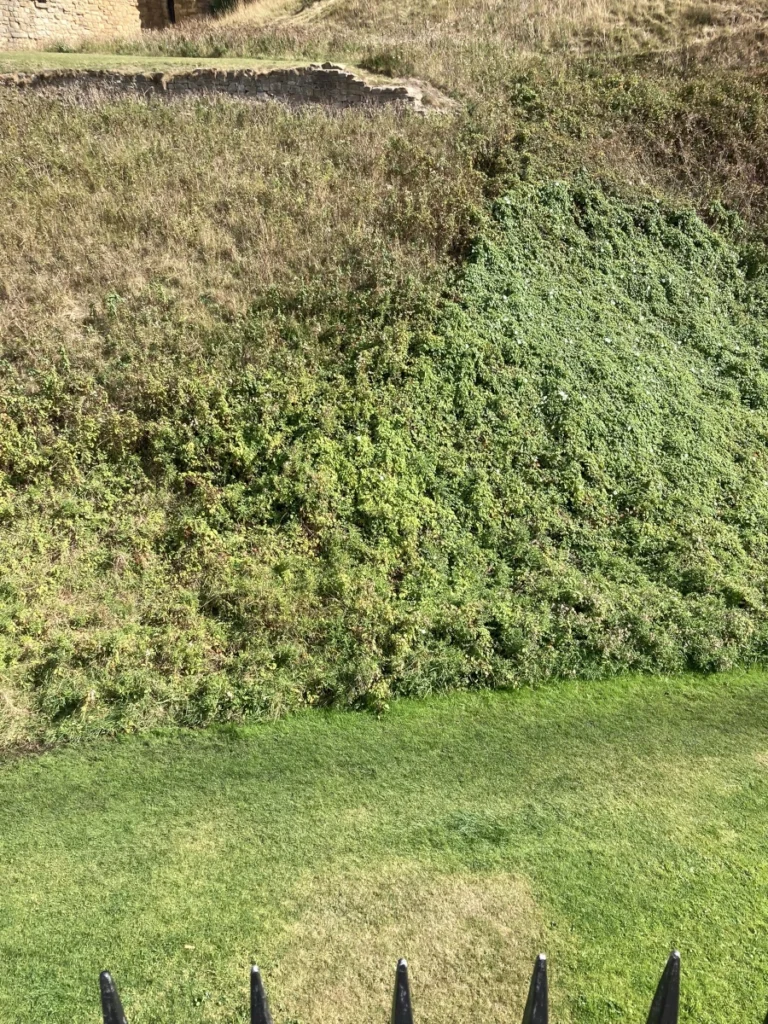

A couple of weeks ago we highlighted two very old maps that show the drawbridge being further down the slope than one might have thought. The actual crossing seemed to have connected with Prior’s Walk, recently uncovered to be the Fosse and Severus’ Ditch.
The Roman Road into Tynemouth and What Remains Today
By Luan Hanratty
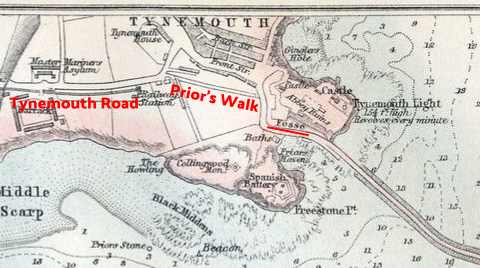
The old antiquarians: Leland, Camden, Brand, Hodgson and Bruce wrote of an earthen rampart and ridge called the Fosse that led east all the way to Penbal Crag and roughly corresponds with the line of the Metro today.
Peel Gap: The Oddball Turret of Hadrian’s Wall
By Crasterfarian
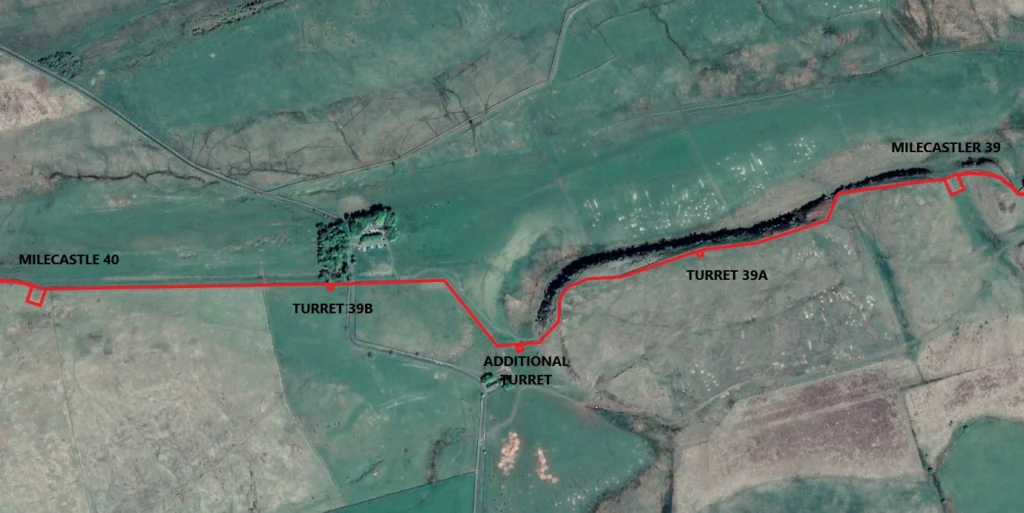
The Story of The Lifeboat “John Foster Spence”
By James Linkleter

And how Tynemouth was first to have a lifeboat.
Housesteads: How Rome Changed the British Diet
By Crasterfarian
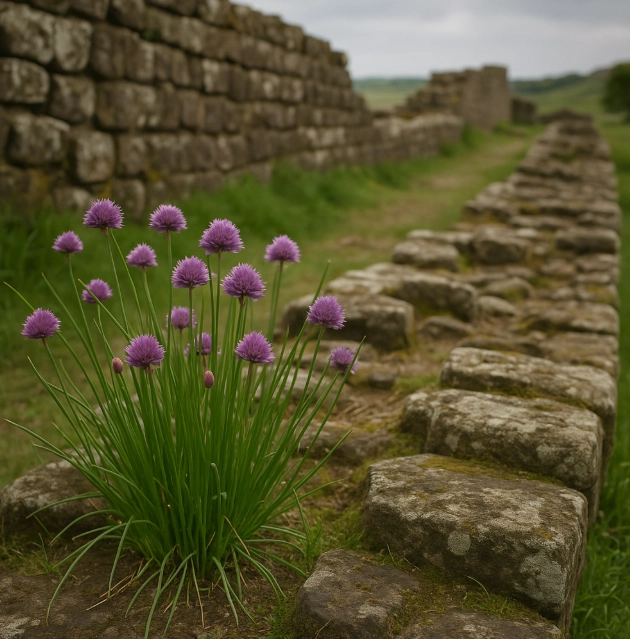
Before Rome, we were essentially boring eaters. After Rome, the diet broadened: garlic and onions in the pot, dill and coriander for flavour, cherries and nuts in orchards, chicken and venison on the spit, olive oil, wine and garum arrived in amphorae.
Seven Castles in One View — Ros Castle Trig Point and Hillfort, Northumberland
By Crasterfarian
It’s a canny hike up, and it gets steeper — much steeper (hands-and-knees steep!) — towards the top, but the climb is well worth it.
Get oot and enjoy Northumberland!

Brocolitia: Sacred Springs and Frontier Faith
By Crasterfarian
Brocolitia was more than a garrison, it was a spiritual sanctuary on the frontier. It was their home. The Romans stationed here weren’t just defending a wall, they were living their lives, trying to make sense of the world through ritual, offerings and faith. They weren’t on detachment. They were putting down roots, roots of belief, of families and of community.
Never miss an article. Enter your email or give our FB page a like
The Lost Aqueduct of Aesica: A Roman Marvel in Northumberland
By Crasterfarian
During the fort’s construction, or very soon after, certainly before AD 130, the Romans constructed a ten-kilometre subterranean aqueduct, an extraordinary feat by any standard.
The Pagan Path Beneath Our Feet
By Crasterfarian

“For those who listen to the land, care to dream, and still hear the echo of old gods under their boots.”
Walbottle’s Ghost of the Vallum
By Crasterfarian
In places like Walbottle, the Vallum lingers almost invisibly, a ghost under footpaths and fences. Its presence is betrayed in the more modern wall and in roads and fields nearby. But sometimes, just sometimes, a dove will take flight and you’ll catch a glimpse of Rome’s ghost still rising from the ground.

Fire, Plague and Buried Treasure
By Crasterfarian

“A remarkable pattern emerges along this stretch of Hadrian’s Wall one both sinister and reflective of the Roman Empire’s inability to fully tame these lands.”
Read PenBal History Posts from 2022-2024 here.
The Stanegate Roman Road
By Crasterfarian
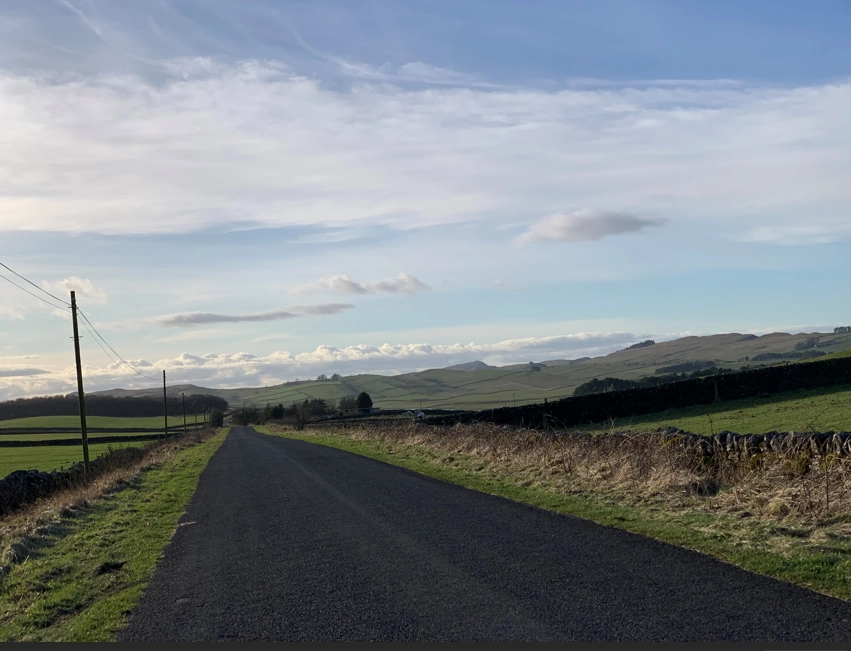
This site has many posts about various Roman remains in Northumberland. I think its important to help put some of this into context within the province of Britannia and us unruly Northumbrian radgies.
Submarine G11 Wreck, Howick
By Crasterfarian
In the last post we looked at the tragic wreck of the Tadorne, a trawler that succumbed to the rocks of Howick in thick fog. This story bears an uncanny similarity, only 5 years later.
The Wreck of the Tadorne
By Crasterfarian
The boiler and some of the ship’s lower platework is all that physically remains of a tragedy that fate played out here, in the early morning of 29th March 1913.
Craster, A Brief History
By Crasterfarian
The harbour itself is the heart of the village. It is the hub around which the growth of Craster has taken place. Although a place of relative tranquillity now, the harbour hides a very busy past.
The True Story of the Backworth Hoard: A Family Legacy from Earsdon
By Danny Sanderson
The story you’ll find in official records credits the find to around 1812, vaguely linked to the Backworth area. But in my family, the story has always been different. This is our version. The real version.
The Banna Theory: Arthur, the Last Roman Warlord
By Crasterfarian
What if Banna wasn’t just a backwater relic of empire, slowly corroding back into the Northumbrian countryside? What if it became the cradle of a legend?
A Theory: Oswald, Heavenfield and Lessons from Early History
By Crasterfarian
Was Heavenfield the Northumbrian Thermopylae?
Milecastle 4 And The Gate That Never Was
By Crasterfarian
The following theory challenges the initial identification of Roman rubble found on Pilgrim Street, anhd instead proposes that these remains are part of a reused gateway built into the extension of Hadrian’s Wall to Segedunum.
Plan of the Rivers Tyne & Wear — Casson’s Map of 1801
This document is a survey of the coalfields of the rivers Tyne and Wear in 1801. The map also shows the major towns and rivers at the time, as well as important infrastructure such as waggonways and staithes.
Is This The Start of the Vallum in Newcastle?
The oldest map of the town might provide a clue to this mystery…

Possible Roman Navigation Features at The Mouth of The River Tyne
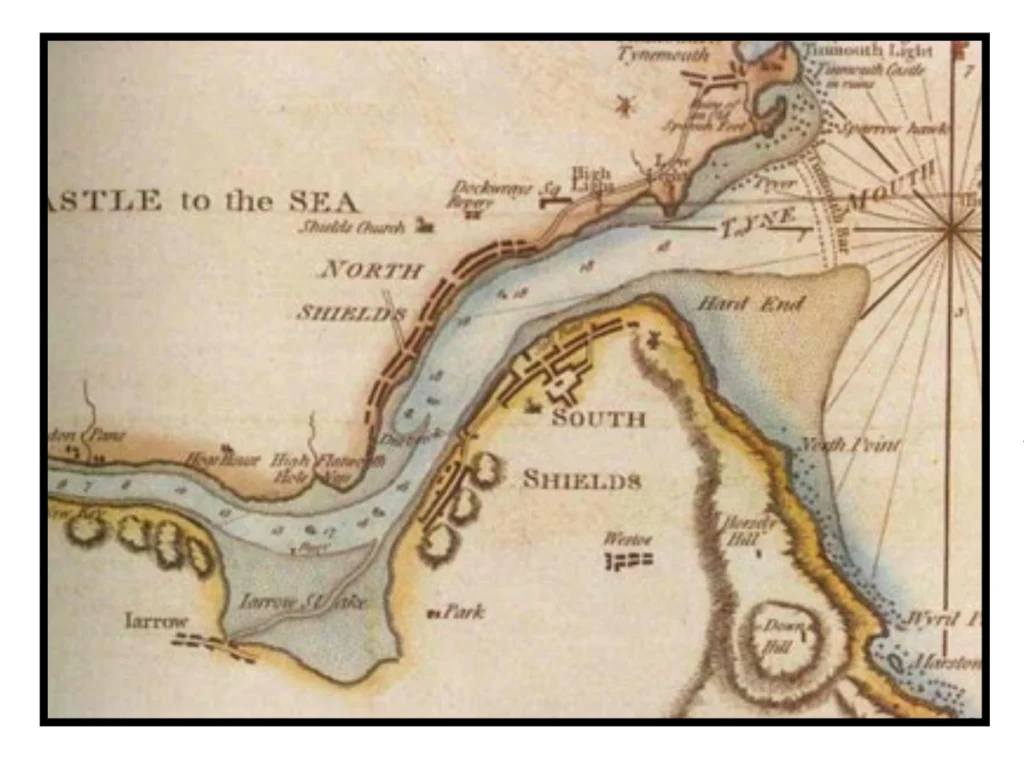
By William Trow
“The following text explains my idea, from evidence found, how the Romans could have created a permanent high tide allowing navigation up to Newburn or Wylam at all times.”
The Lost Waterway of South Shields: Mill Dam Creek
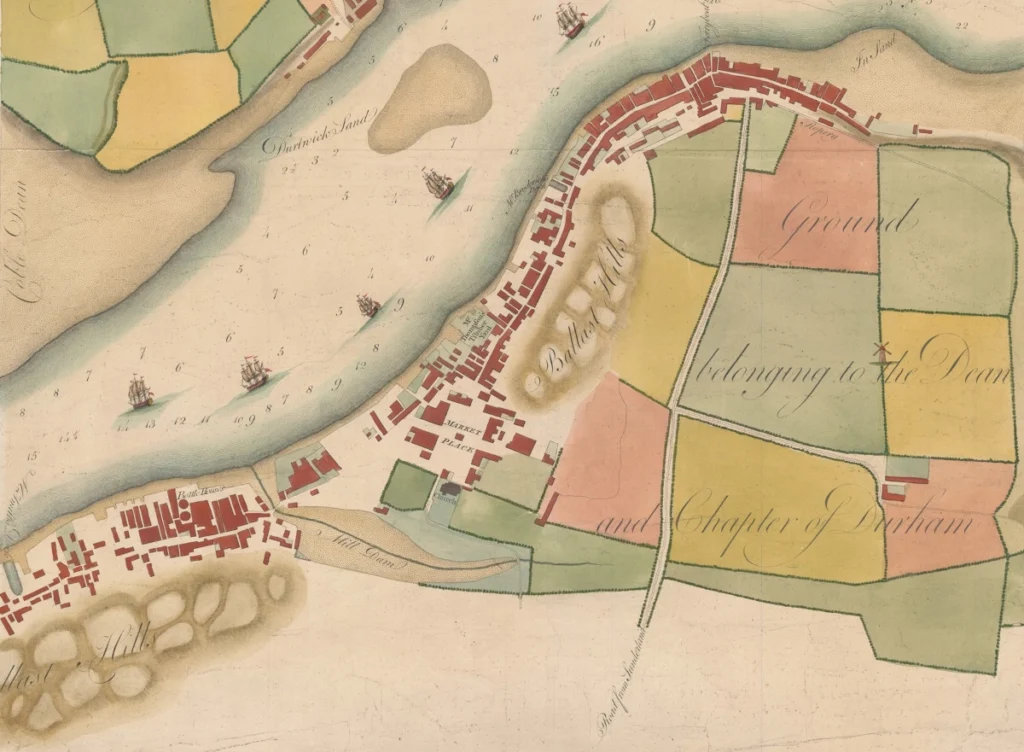
The channel played a vital role in the development of the town both as a waterway and a habour, and once it was dammed with ballast, the Mill Dam formed a bridge between the north and south reaches of the early town that clung to the riverside and clustered around the Market Square.
The Roman Remains That Were Lost Under Swan Hunter
“Just imagine witnessing the first work to build the slipway in 1903. It must have been like one massive uncontrolled archaeological dig, with all sorts of objects being pulled from the mud. Somewhere down there may even be the statue of Hadrian…”
Hot off the press…
Buy it here for £3.50: penbal.uk/product/the-tynemouth-guide/



